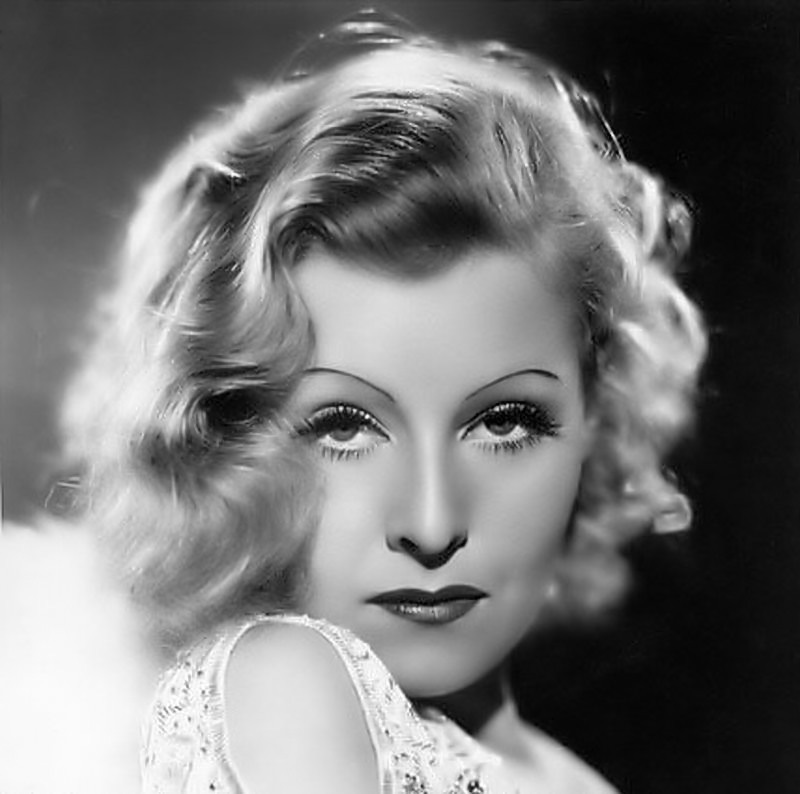Continued Biography of Charles Koechlin from Wikipedia: Style and compositionsKoechlin was enormously prolific, as the worklist below (by no means exhaustive) suggests. He was highly eclectic in inspiration (nature, the mysterious orient, French folksong, Bachian chorale, Hellenistic culture, astronomy, Hollywood movies, etc.) and musical technique, but the expressive core of his language remained distinct from his contemporaries. At the start of his career he concentrated on songs with orchestral accompaniment, few of which were performed as intended during his lifetime. A recent (2006) recording of a selection (Hänssler Classic CD93.159) shows he was already master of an individual impressionism deriving less from Debussy than from Berlioz and Fauré. Thereafter he concentrated on symphonic poems, chamber and instrumental works.
After World War I his continuing devotion to the symphonic poem and the large orchestra at a period when neoclassicism and small ensembles were more fashionable may have discouraged performance and acceptance of his works. His compositions include the four symphonic poems and three orchestral songs making up Livre de la jungle after Rudyard Kipling; many other symphonic poems including Le Buisson Ardent after Romain Rolland (this is a diptych of two orchestral poems, performable separately) and Le Docteur Fabricius after a novel by his uncle Charles Dollfus; three string quartets; five symphonies including a Seven Stars Symphony inspired by Hollywood; sonatas for flute, oboe, clarinet, bassoon, horn, violin, viola and cello, and much other chamber music; many songs, over two hundred opus numbers in all; and a vast number of monodies, fugal studies, chorale harmonizations and other educational pieces. Many works remain unpublished, however.
He wrote in several styles, sometimes severe Baroque counterpoint, as in the fugue that opens his Second Symphony (unrecorded as of 2005), sometimes "impressionistically" as in the tone poem Au Loin, or, as in the Symphony No. 2's scherzo, yet more astringently. He could go from extreme simplicity to extreme complexity of texture and harmony from work to work, or within the same work. Some of his most characteristic effects come from a very static treatment of harmony, savouring the effect of, for instance, a stacked-up series of fifths through the whole gamut of the instruments. His melodies are often long, asymmetrical and wide-ranging in tessitura. He was closely interested in the works of Schoenberg, some of which he quoted from memory in his treatise on Orchestration. The twelve tone technique is one of the several modern music styles parodied in the 'Jungle Book' symphonic poem Les Bandar-Log, but Koechlin also wrote a few pieces in what he described as the 'style atonal-sériel'. He was fascinated by the movies and wrote many 'imaginary' film scores and works dedicated to the Hollywood actress Lilian Harvey, on whom he had a crush.

Lilian Harvey
His Seven Stars Symphony features movements inspired by Douglas Fairbanks, Lilian Harvey, Greta Garbo, Clara Bow, Marlene Dietrich, Emil Jannings and Charlie Chaplin in some of their most famous film roles. He also composed an Epitaph for Jean Harlow and a suite of dances for Ginger Rogers. He was interested in using unusual instruments, notably the saxophone and the early electronic instrument the Ondes Martenot. One movement of the Second Symphony requires four of them (and has not usually been included in the few performances of the work, for that reason). He also wrote several pieces for the hunting-horn, an instrument he himself played. Koechlin orchestrated several pieces by other composers. In addition to the Fauré Pelléas et Mélisande suite mentioned above he orchestrated the bulk of Claude Debussy's 'legende dansée' Khamma under the composer's direction, from the piano score [1], and orchestrated Cole Porter's ballet Within the Quota; other works he transcribed include Schubert's Wanderer Fantasy and Chabrier's Bourrée fantasque.
As educator and authorKoechlin began assisting Fauré in teaching fugue and counterpoint while he was still a student in the 1890s, but though he taught privately and was an external examiner for the Paris Conservatoire throughout his career, he never occupied a permanent salaried teaching position. Composers who studied with him included Germaine Tailleferre, Roger Désormière, Francis Poulenc and Henri Sauguet. Cole Porter studied orchestration with him in 1923-24. Darius Milhaud, though never a pupil, became a close friend and considered he learned more from Koechlin than any other pedagogue. Koechlin wrote three compendious textbooks: one on Harmony (3 vols, 1923-6), one on Music Theory (1932-4) and a huge treatise on the subject of orchestration (4 vols, 1935–43) which is a classic treatment of the subject. He also wrote a number of smaller didactic works, as well as the life of Fauré mentioned above.
CharacterDespite his lack of worldly success Koechlin was apparently a loved and venerated figure in French music, his long flowing beard contributing to his patriarchal image. Following his 1888 illness the need to build up his strength led him to become an enthusiastic mountaineer, swimmer and tennis player. He was also an amateur astronomer and an accomplished photographer. He was one of the great nature-mystics among French composers, whose personal creed was pantheistic rather than Christian. Though never a member of the Communist Party he subscribed to its ideals, and in the later 1930s especially was much concerned with the idea of 'Music for the People'.
